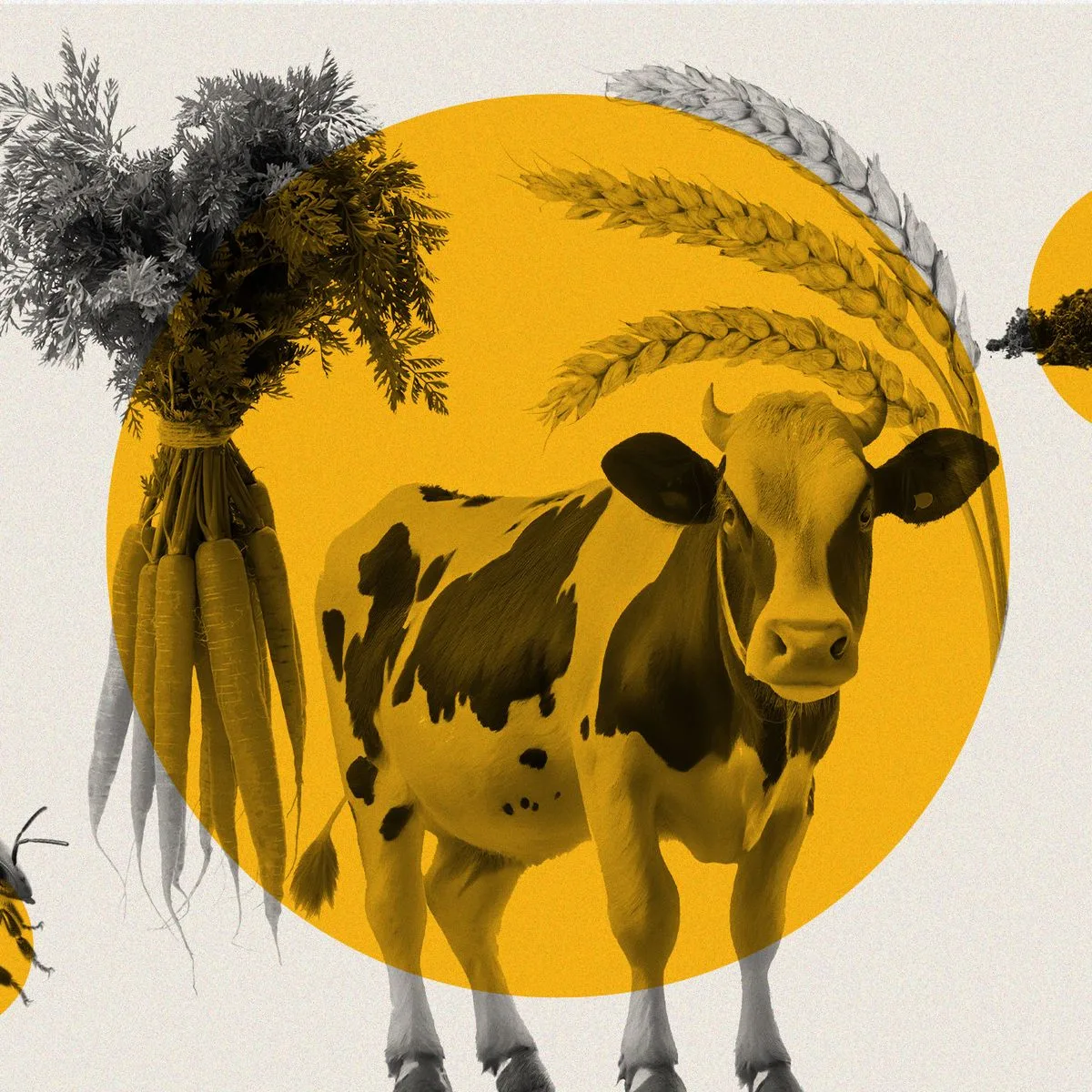There was a time when any mention of British food elicited either winces of disgust or gasps of delight. Visitors would question the contents of a chip butty, turn their noses up at black pudding, or perhaps giggle when ordering spotted dick.
Those days are now a distant past as we find ourselves in a golden age of culinary Britannia. Pub food is innovative, flavors from every corner of the globe are revolutionizing the restaurant scene, and there is little need to mention the sheer mania around British baking. The trend comes to a crescendo with this fall’s release of The Official Bridgerton Guide to Entertaining, which features methods for cooking, hosting, and toasting like the famed Bridgerton brood.
Despite the new influences, there are dozens of decidedly British dishes that have withstood the test of time, crowd favorites that can be effortlessly incorporated into a host of entertaining menus. Whether you’re hosting a delightful Bridgerton-themed teatime party, extravagant weekend dinner, or glorious holiday feast, these nibbles from across the pond are bound to impress even the most finicky gourmands.

1. Cucumber Sandwiches
A crisp, cool cucumber sandwich is a sine qua non of any respectable afternoon soiree. Pop into any tea parlor in the United Kingdom, and this dainty finger food sits high on the menu list. The dish was fittingly born in India, where cucumbers originate, to help British colonists stave off the tropical monsoon swelter.
Brought back to Victorian England, it became an instant hit among the upper crust desiring a low-calorie(ish) snack during afternoon tea. Today, the sandwiches are liberally slathered with butter and cream cheese, sprinkled with fresh dill, and served with their crusts removed — for added elegance, naturally.
2. Minted Peas
British fish and chips hardly need an introduction, yet this dynamic duo has an oft-forgotten accompaniment worthy of achieving trio status. Minty mushy peas are served alongside the deep-fried bonanza, providing a much-welcomed burst of color and savory brightness.
Should the idea of mashed peas not appeal, then keep the flavor profile, but play with the textures. The Official Bridgerton Guide to Entertaining offers a stunning recipe for pea puree with fresh mint folded in as a bed for seared scallops, all topped with a luscious tarragon-tinged butter walnut sauce.
3. Coronation Chicken
It doesn’t get more royal than this creation. Hosting a Bridgerton-inspired picnic? Add coronation chicken to the mix. It’s everything one would expect from a chicken salad with a crucial twist: the addition of curry powder. Le Cordon Bleu London is behind this legendary dish, created and served on June 2, 1953, at the coronation luncheon of Her Majesty Queen Elizabeth II.
While first envisioned as a deboned chicken covered in curry cream sauce, it is far more popular today as a sandwich filling, appearing at potlucks and street parties. Amp up the regal credentials by using its official name, Poulet Reine Elizabeth.
4. Profiteroles
A true European sweet, profiteroles have roots in Italy, a mass following in France, and a place of honor on the British sweets continuum. Tender choux pastry is baked, stuffed with cream, and finally drizzled with chocolate sauce. The French prefer vanilla ice cream in lieu of cream, which makes those profiteroles more amenable to a sit-down dinner.
The British style is much easier for snacking and is also the way to go about making croquembouche. This tower of profiteroles is stacked high into a pyramid and accentuated by shiny caramel strands — a showstopper that deserves a place at the very head of the dessert buffet.

5. Eton Mess
The first recorded history of this fruity parfait comes from an 1893 pre-wedding party menu of Queen Victoria’s grandson Prince George. Broken-up pieces of crispy meringue are layered with strawberries or bananas and velvety mounds of whipped cream.
Typically associated with the elite boarding school Eton College, the dessert is a much-loved tradition at an annual cricket match against rival Harrow School. For a more sophisticated presentation, assemble the messes in individual glasses or bowls. It is the ultimate treat for an outdoor gathering
6. Elderflower punch
Each year from late May to August, elder trees bloom across the British Isles, filling the countryside, gardens, and parks with the sweet, delicate fragrance of tiny white elderflowers. These blooms are harvested and steeped in syrup for one to two days, resulting in a versatile cordial that is often added into spritzes, punches, and cocktails.
Add a splash into sparkling water for a warm-day refresher, or use it to give extra character to that most British of afternoon drinks: the gin and tonic. Bouquets of elderflower on a luncheon table can help set the mood for an elegant affair without needing to break the bank.

7. Scones
8. Crumpets
While scones are often flavored and can take the savory route (cheese, chives, bacon, onion) or sweet (orange, sultanas, blueberry lemon), crumpets tend to function more like a vessel. The griddle cakes are characterized by an interior warren of tiny craters, all the better to hold the dollops of butter, jam, honey, or lemon curd piled on.
The modern-day crumpet is an evolution of thin pancakes from Wales dating back to the 17th century. More commonly served at teatime, crumpets are often compared to English muffins in the United States, which have a less-springy and more bread-like texture.
9. Mulled wine
The crush of parties around the holiday season can intimidate even the most veteran hosts and hostesses. Set your gathering apart by steeping a mini cauldron of mulled wine on the stove. Even bland wines can be transformed into an indulgent elixir once boiled with sugar, spices, and citrus rinds.
A few shakes of brandy or liqueur plus fistfuls of pomegranate seeds will amp up the luxe factor. Alternatively, make this kid-friendly by using apple juice as the base. The extra perk of mulling wine at home is the way it fills the entire home with the warm aromas of yuletide, beckoning folks to linger for another glassful.

10. Mincemeat
https://www.shondaland.com/live/travel-food/a45501093/10-british-dishes-to-know/



